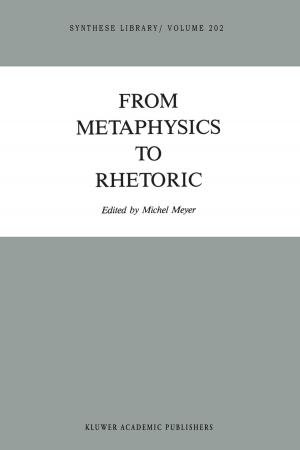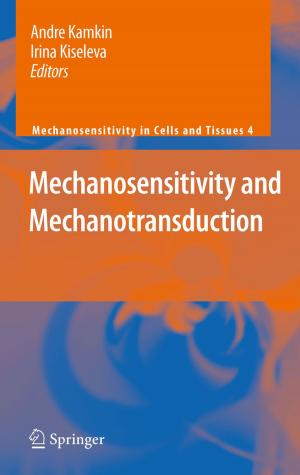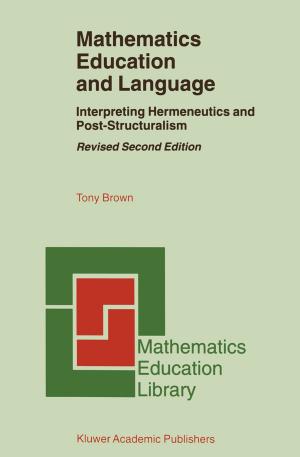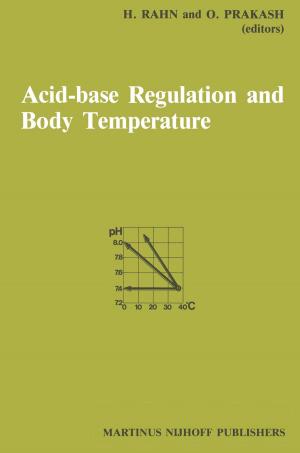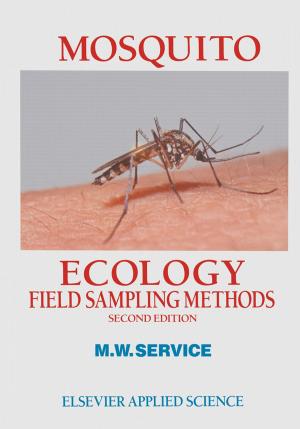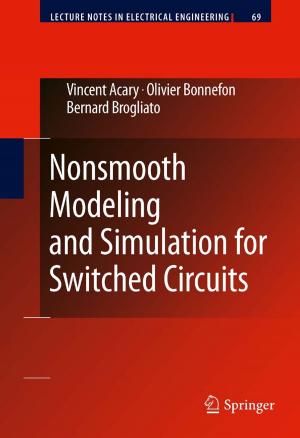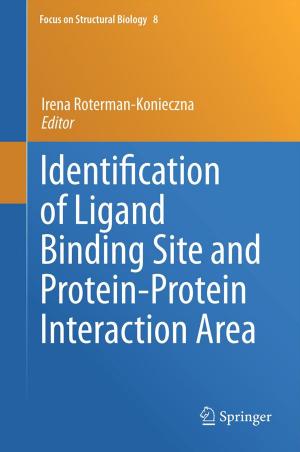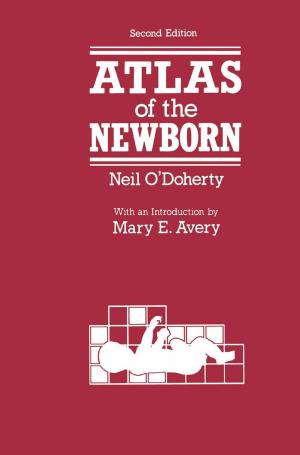Hyperbolic Triangle Centers
The Special Relativistic Approach
Nonfiction, Science & Nature, Science, Physics, Gravity, Mathematical Physics| Author: | A.A. Ungar | ISBN: | 9789048186372 |
| Publisher: | Springer Netherlands | Publication: | June 18, 2010 |
| Imprint: | Springer | Language: | English |
| Author: | A.A. Ungar |
| ISBN: | 9789048186372 |
| Publisher: | Springer Netherlands |
| Publication: | June 18, 2010 |
| Imprint: | Springer |
| Language: | English |
After A. Ungar had introduced vector algebra and Cartesian coordinates into hyperbolic geometry in his earlier books, along with novel applications in Einstein’s special theory of relativity, the purpose of his new book is to introduce hyperbolic barycentric coordinates, another important concept to embed Euclidean geometry into hyperbolic geometry. It will be demonstrated that, in full analogy to classical mechanics where barycentric coordinates are related to the Newtonian mass, barycentric coordinates are related to the Einsteinian relativistic mass in hyperbolic geometry. Contrary to general belief, Einstein’s relativistic mass hence meshes up extraordinarily well with Minkowski’s four-vector formalism of special relativity. In Euclidean geometry, barycentric coordinates can be used to determine various triangle centers. While there are many known Euclidean triangle centers, only few hyperbolic triangle centers are known, and none of the known hyperbolic triangle centers has been determined analytically with respect to its hyperbolic triangle vertices. In his recent research, the author set the ground for investigating hyperbolic triangle centers via hyperbolic barycentric coordinates, and one of the purposes of this book is to initiate a study of hyperbolic triangle centers in full analogy with the rich study of Euclidean triangle centers. Owing to its novelty, the book is aimed at a large audience: it can be enjoyed equally by upper-level undergraduates, graduate students, researchers and academics in geometry, abstract algebra, theoretical physics and astronomy. For a fruitful reading of this book, familiarity with Euclidean geometry is assumed. Mathematical-physicists and theoretical physicists are likely to enjoy the study of Einstein’s special relativity in terms of its underlying hyperbolic geometry. Geometers may enjoy the hunt for new hyperbolic triangle centers and, finally, astronomers may use hyperbolic barycentric coordinates in the velocity space of cosmology.
After A. Ungar had introduced vector algebra and Cartesian coordinates into hyperbolic geometry in his earlier books, along with novel applications in Einstein’s special theory of relativity, the purpose of his new book is to introduce hyperbolic barycentric coordinates, another important concept to embed Euclidean geometry into hyperbolic geometry. It will be demonstrated that, in full analogy to classical mechanics where barycentric coordinates are related to the Newtonian mass, barycentric coordinates are related to the Einsteinian relativistic mass in hyperbolic geometry. Contrary to general belief, Einstein’s relativistic mass hence meshes up extraordinarily well with Minkowski’s four-vector formalism of special relativity. In Euclidean geometry, barycentric coordinates can be used to determine various triangle centers. While there are many known Euclidean triangle centers, only few hyperbolic triangle centers are known, and none of the known hyperbolic triangle centers has been determined analytically with respect to its hyperbolic triangle vertices. In his recent research, the author set the ground for investigating hyperbolic triangle centers via hyperbolic barycentric coordinates, and one of the purposes of this book is to initiate a study of hyperbolic triangle centers in full analogy with the rich study of Euclidean triangle centers. Owing to its novelty, the book is aimed at a large audience: it can be enjoyed equally by upper-level undergraduates, graduate students, researchers and academics in geometry, abstract algebra, theoretical physics and astronomy. For a fruitful reading of this book, familiarity with Euclidean geometry is assumed. Mathematical-physicists and theoretical physicists are likely to enjoy the study of Einstein’s special relativity in terms of its underlying hyperbolic geometry. Geometers may enjoy the hunt for new hyperbolic triangle centers and, finally, astronomers may use hyperbolic barycentric coordinates in the velocity space of cosmology.




